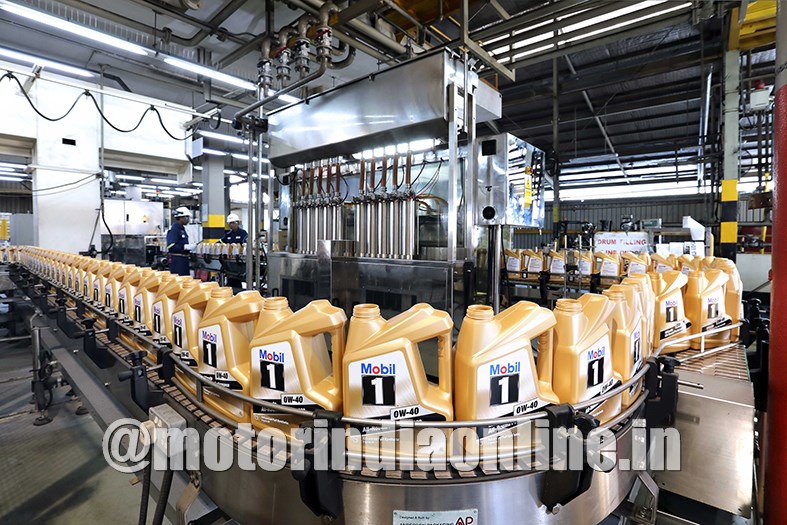A report by Fact.MR states that the automotive lubricants market will create remunerative opportunities, especially in Asia
A recently published report opines that automotive lubricants have witnessed plenty of developments in the past few years and have offered convenient enhancements. Over the forecast period, the market is set to witness positive growth and gain remunerative momentum in emerging countries, thus giving an impetus to the automotive lubricants market. Moreover, a study conducted by the International Energy Agency (IEA) reveals that, by the end of 2050, oil demand from road freight may increase by 5 million barrels per day. With the rising number of vehicles, and the development of the transportation sector, the global market for automotive lubricants continues to grow.
Properties such as high-level thermal stability, low freezing point and high boiling point are helping to improve the overall performance of the engine. These are factors that are likely to push the automotive lubricants market during the forecast period. In the automotive lubricants market several expansion projects are in line by prominent players such as Royal Dutch Shell PLC, ExxonMobil, Chevron, Total S.A., FUCHS, and others. For instance, in October 2018, Total S.A. invested $50 million for its production plant in the Kaluga region, Russia. The plant is designed to scale up the manufacturing capacity from 40,000 tons to 70,000 tons per annum. This strategic move will allow Total to capture the local automotive lubricants market.
Similarly, on September 3, 2019, FUCHS Petrolub SE joint ventured a project with OPET Petrolcülük located in Izmir, Turkey. With an investment of Euro 24 million, the plant can produce 60,000 tons per annum. Meanwhile, the study opines that due to adverse effects, governments in many countries are taking stringent regulatory action to control harmful impact on the environment caused by transportation-related activities. Governing bodies and international organisations are implementing new rules and regulations to reduce the carbon emission levels released from vehicles. These circumstances are set to reduce the use of gasoline and diesel engine cars in the forecast period.
Environmental impact
For instance, in December 2015, the Paris Climate Conference put in optimistic efforts to maintain climate change by introducing several innovating technologies to limit greenhouse gas emissions. All these factors create new opportunities for bio-based and high-performance automotive lubricants. IEA states that the electric car stock in the world was 2 million in year 2016, and the number will likely increase up to 9-20 million by the end of 2020 and 40-70 million by the end of 2025. Currently, the demand for electric vehicles is at a low pace, which might not be the case in the forecast period. Increasing adoption of electric cars will certainly cause a decline in the need for automotive lubricants. Government norms and regulations are paving the way for a market that is replete with electric vehicles, especially in North America and Europe. These factors may have some severe implications for lubricant manufacturing companies.
The Asia Factor
Asia dominates the automotive lubricants market, accounting for 40% share of the global market. Due to an increase in automobile ownership levels, incorporation of advanced engines and consistent investments in transportation activities, Asia’s supremacy is set to continue in the automotive lubricants market. Furthermore, China is the biggest automotive lubricants market, followed by the US and India. In India, there is a significant potential for growth of the automotive lubricants market. Additionally, India is expected to show a growth rate of around 6% annually. Factors such as rise in private transport, increasing economic stability and consumer affordability are surging the usage of vehicles and are set to drive the automotive lubricants market across all geographical regions. North America and Europe are expected to witness stagnant growth in the automotive lubricants market.
